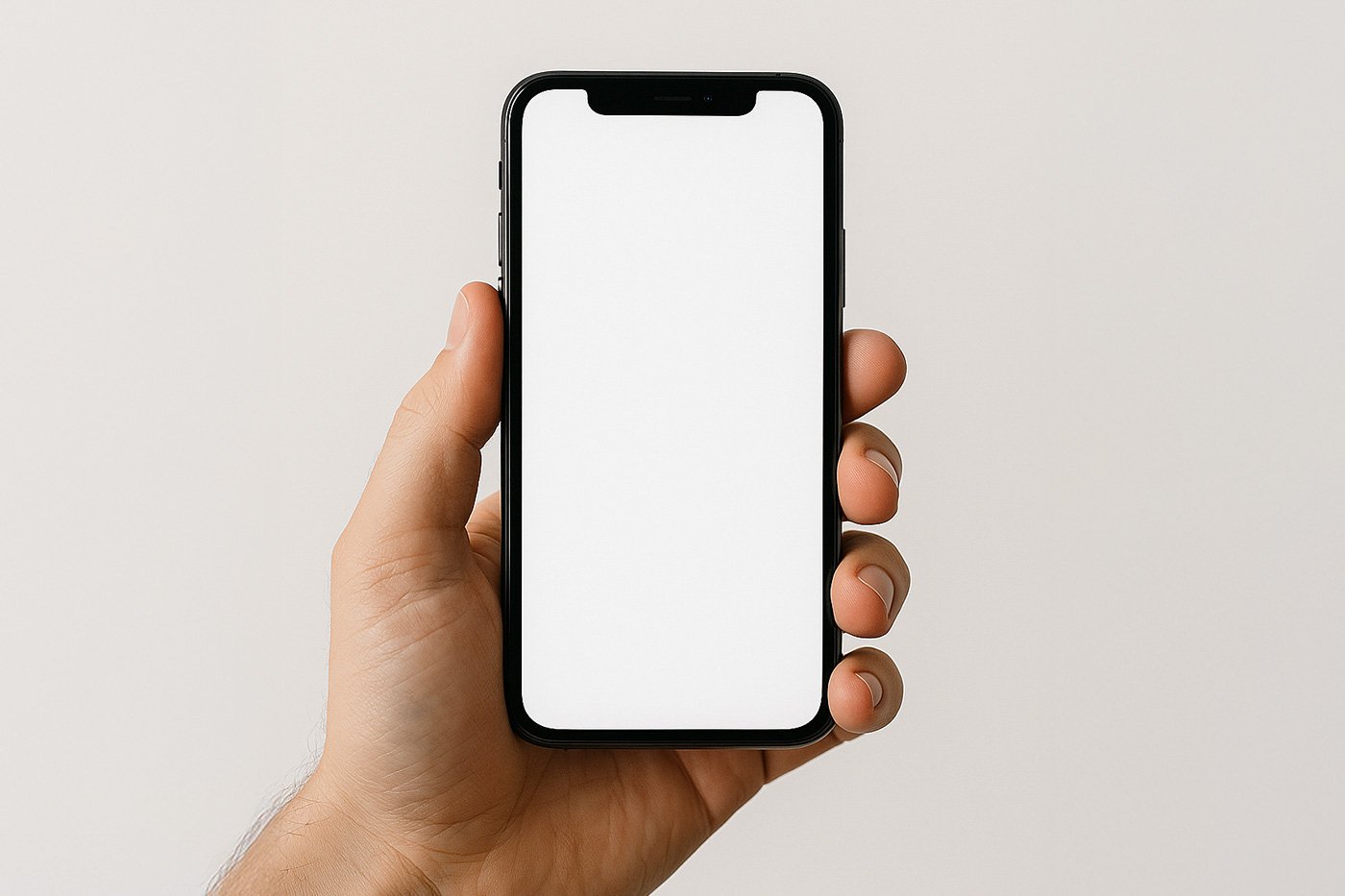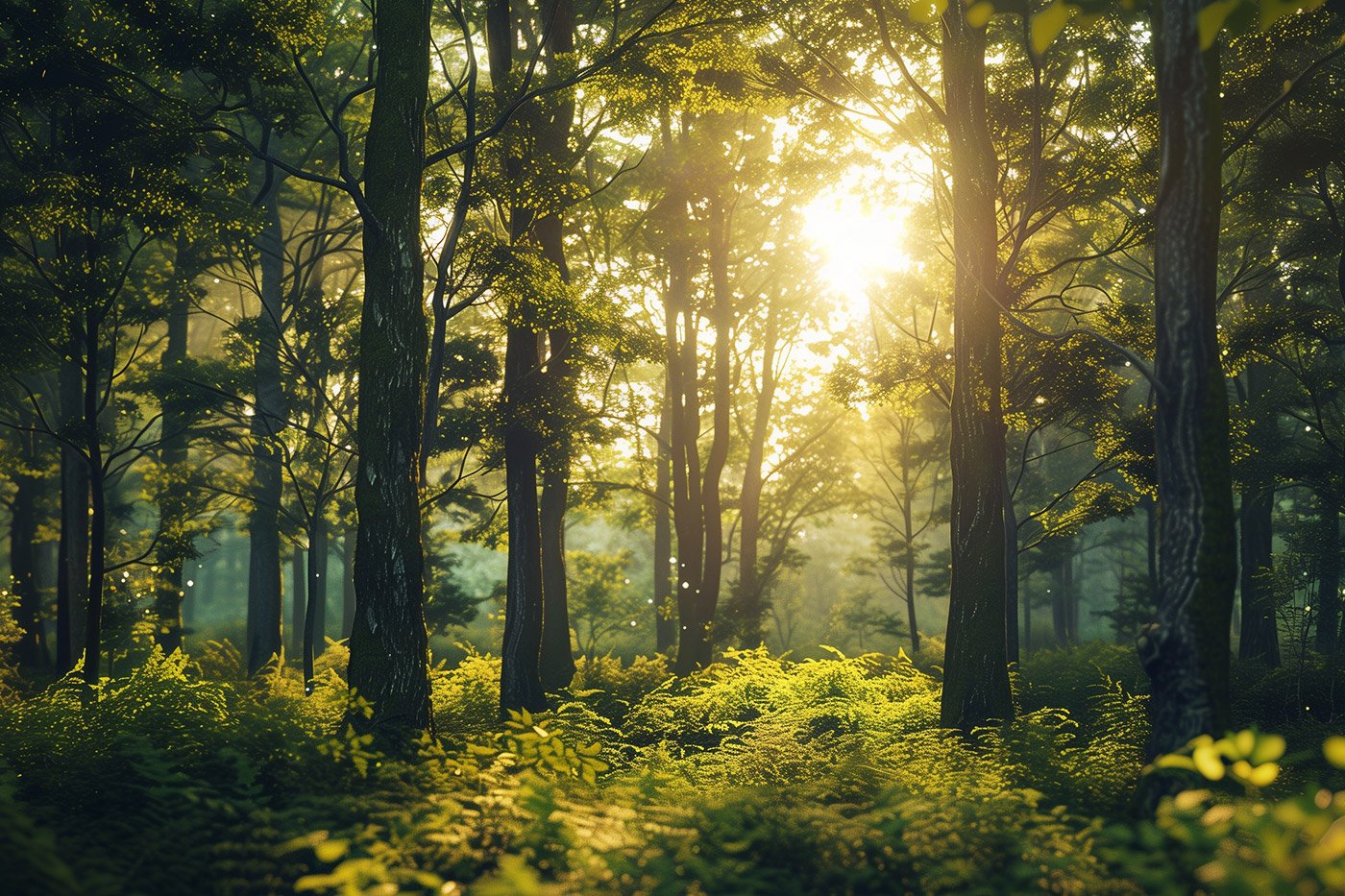In a world full of noise, creative solitude becomes a quiet space for inspiration and renewal.
There’s a kind of silence that isn’t empty — it’s fertile. It appears between thoughts, in the unnoticed pauses, in those moments when the world seems to step back and all that remains is the soft sound of your own breathing. In that silence lives an ancient force — an inner landscape that has always been there, waiting to be explored: creative solitude.
We live in an age that fears silence as if it were a threat. The smallest pause is quickly filled with notifications, background music, podcasts, or digital chatter. We’re rarely alone — and when we are, we rush to escape it. Perhaps because, deep down, being alone confronts us with an uncomfortable truth: without distractions, we’re forced to listen to ourselves. And listening inward may well be the beginning of a revolution.
The word “loneliness” carries historical weight. It’s tied to isolation, rejection, emptiness. But there’s a subtle — and vital — distinction between loneliness and creative solitude. Loneliness is absence; solitude is presence. A complete presence with oneself, without running away. It’s in that chosen stillness that thought matures, ideas intertwine, and creativity finds room to breathe.
Psychologist Donald Winnicott, in his classic work on emotional development, wrote that the ability to be alone is an achievement — not a flaw. For him, a healthy mind is one that can stay with itself without collapsing. Solitude, in that sense, is a form of inner trust: the quiet knowing that even in the absence of company, there’s a steady source of meaning within.
Modern science, interestingly, confirms what poets and monks have known for centuries. A study from the University of Utah, published in Proceedings of the National Academy of Sciences, showed that people who spend a few days in silent environments — such as hiking trails or retreats — experience up to a 50% boost in creativity, measured by divergent thinking tests. When the brain steps away from constant stimulation, it reorganizes connections, accesses deeper memories, and begins to combine ideas that would otherwise remain scattered.
It’s as if the mind, freed from external noise, starts tuning back into its own frequencies.
Virginia Woolf called this “a room of one’s own” — a symbolic space for creative autonomy and introspection. It wasn’t merely about having a physical room, but cultivating a mental space where no one else interferes. Today, that room is increasingly rare. Even when we’re alone, we’re rarely in solitude; we’re accompanied by screens, feeds, digital voices. Creative solitude demands real disconnection, not just the absence of people.
There’s something paradoxical in how we treat solitude. On one hand, it’s seen as a social illness — and in many cases, it truly is: involuntary isolation can be devastating to mental health. On the other, the total absence of solitude creates an equally dangerous emotional shallowness. Without empty spaces, there’s no digestion of experience; everything becomes instant stimulation, without reflection.
Philosopher Byung-Chul Han, in The Burnout Society, argues that excessive communication has dissolved reflective silence. We live under the tyranny of transparency and exposure. We think to post, not to understand. Creative solitude, in this context, is almost an act of resistance. It interrupts the automatic flow and brings us back to the slowness of perception.
“Solitude isn’t the absence of love — it’s its complement. Only those who know themselves can truly give themselves.”
In a world that measures worth by constant presence, stepping back is a countercultural act. And paradoxically, it’s within that retreat that new things emerge. Many artists and scientists have described their most inspired moments as times of isolation. Nikola Tesla once said, “Be alone — that is the secret of invention.” Emily Dickinson wrote almost her entire body of work in absolute silence. And Steve Wozniak, co-founder of Apple, claimed that “the best things are created by individuals working alone, with time to think deeply.”
But this isn’t about glorifying isolation. The difference between fertile solitude and sterile solitude lies in intention. Creative solitude is a conscious choice to withdraw — not a defensive retreat. It’s a turning inward, not against the world, but in favor of a deeper presence within it. When the mind rests in itself, it returns clearer, more attuned, more capable of listening.
Research from Harvard University has shown that the brain in a state of active rest — when no specific task is being performed, but we’re immersed in daydreaming — activates the so-called default mode network, linked to introspection, autobiographical memory, and imagination. This state is the birthplace of creativity. Curiously, it’s the same neural network triggered during meditation, which explains why contemplative practices tend to enhance clarity and originality of thought.
Solitude, then, isn’t the absence of stimulus but its reorganization. It’s the moment when the noise of the world quiets enough for the inner voice to be heard.
When we step away from the collective for a while, discomfort comes first. The mind, addicted to distraction, starts craving substitutes: scrolling through the phone, opening the fridge, checking nonexistent messages. But if we resist for a few minutes, something shifts. Attention, once scattered, begins to expand. Perception sharpens. Small details — light through the curtain, a distant sound, the texture of the air — gain almost poetic clarity. That’s when solitude ceases to be absence and becomes total presence.
Psychiatrist Carl Jung called this state “necessary withdrawal.” He believed that every creative process follows a cycle: immersion in the world, retreat for digestion, and a transformed return. Without that phase of withdrawal, there’s no true assimilation — only repetition.
It’s striking how, the more connected we are, the more we long for something we can’t quite name. That “something” is often solitude itself. The overload of stimuli creates a kind of numbness — we feel everything and nothing at once. Solitude, when lived consciously, restores depth to experience.
There’s also a spiritual dimension to this stillness — not in the religious sense, but as a reconnection with a wider sense of existence. When the mind quiets, insights arise that aren’t linear but symbolic, as if coming from a space beyond logical thought. Zen monks call this kenshō — a glimpse into one’s true nature.
Perhaps that’s what all genuine creativity seeks to touch: the moment when the self dissolves and something greater flows through. The painter feels it before a blank canvas; the writer before the page; the scientist at the instant a hypothesis reveals itself almost magically. None of them are “thinking” in the rational sense. They’re listening — and listening requires silence.
Psychologist Mihaly Csikszentmihalyi described this phenomenon as flow — a state of total immersion in an activity. While flow can happen amid chaos, it’s born more easily in a mind that has learned to be alone. Because solitude trains attention — and attention is the foundation of all creativity.
We live in an era of hyperexpression and hyperconnection, but maybe the true revolution is to relearn how to be silent. Not out of indifference, but out of depth. The world needs more people who think before they speak, who feel before they react, who create from a place of quiet.
There’s a kind of intelligence that only emerges when no one is watching.
And perhaps the contemporary challenge is no longer to “be heard,” but to learn once again how to listen — to the world, to others, and to ourselves — slowly, quietly, and without fear.
Solitude, after all, isn’t the opposite of community; it’s the fertile ground that makes it possible. Because only those who have learned to be alone can truly be with others — without losing themselves.










